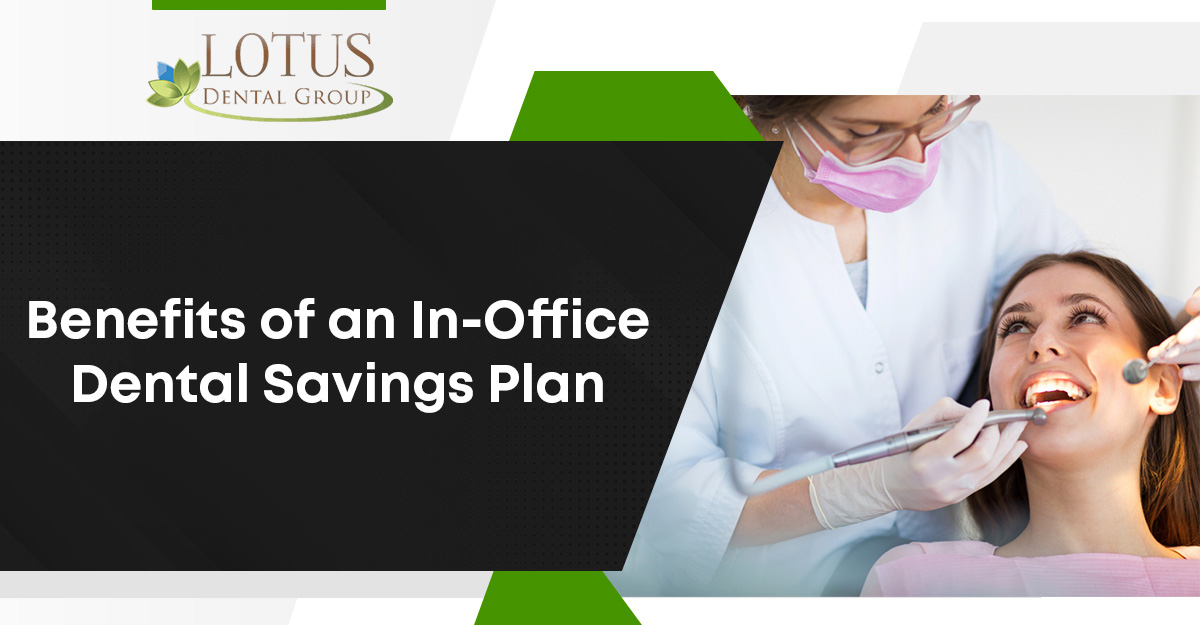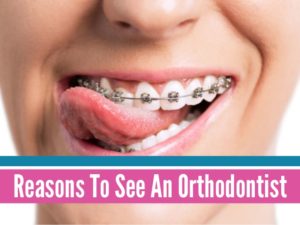Flossing is a crucial part of oral hygiene that many people overlook. While brushing your teeth is essential, flossing reaches areas that your toothbrush cannot, helping to remove plaque and food particles from between your teeth and under the gumline. Proper flossing technique is vital to maintain healthy gums and prevent tooth decay. This blog will guide you through the steps of effective flossing, explain its benefits, and address common questions about flossing frequency and alternatives.
Why Flossing is Important
Flossing helps remove plaque, a sticky film of bacteria that forms on teeth. If not removed, plaque can harden into tartar, leading to gum disease and cavities. Regular flossing prevents these issues by cleaning areas that brushing alone cannot reach.
Steps to Floss Properly
- Choose the Right Floss:
- Select a floss type that suits your needs. Options include waxed, unwaxed, flavored, and dental tape. Waxed floss slides between teeth more easily, while dental tape is broader and flatter, suitable for those with wider gaps.
- Measure the Floss:
- Cut about 18 inches of floss. Wind most of it around one of your middle fingers and the rest around the same finger on the opposite hand. This allows you to use a fresh section of floss for each tooth.
- Hold the Floss Correctly:
- Hold the floss tightly between your thumbs and forefingers, leaving about 1-2 inches of floss to work with.
- Insert the Floss:
- Gently guide the floss between your teeth using a back-and-forth motion. Avoid snapping the floss into your gums, as this can cause injury.
- Curve the Floss:
- When the floss reaches the gumline, curve it into a C shape around one tooth. Slide it into the space between the gum and tooth, moving it up and down.
- Use Clean Sections:
- Use a clean section of floss for each tooth to avoid transferring bacteria.
- Repeat:
- Repeat this process for all your teeth, including the back of your last teeth.
Tips for Effective Flossing
- Be Gentle: Avoid harsh movements that can damage your gums.
- Consistency: Make flossing a daily habit.
- Technique Over Tools: The technique is more important than the type of floss used.
Common Questions About Flossing
How Often Should You Floss?
- The Dentist recommends flossing at least once a day, ideally after every meal to remove food particles and plaque.
Can You Floss Too Much?
- While over-flossing is rare, flossing too aggressively can harm your gums. Gentle daily flossing is sufficient.
Is Flossing with Braces Different?
- Yes, use a floss threader or special orthodontic floss to navigate around braces and wires effectively.
Alternatives to Traditional Floss
For those who find traditional flossing challenging, several alternatives are available:
- Floss Picks: Handy for on-the-go flossing, these disposable tools combine a piece of floss with a toothpick.
- Water Flossers: These devices use a stream of water to clean between teeth and along the gumline. They are especially useful for people with braces, implants, or sensitive gums.
- Interdental Brushes: Small brushes designed to clean between teeth, suitable for individuals with wider gaps.
Flossing with Dental Appliances
If you have dentures, dental implants, or bridges, your flossing routine may require adjustments:
- Dentures: Clean them daily with a brush and soak them overnight.
- Implants and Bridges: Use a floss threader or water flosser to clean around these appliances thoroughly.
Addressing Common Flossing Issues
- Bleeding Gums: If your gums bleed when you floss, it may indicate gum disease or improper technique. Consult the dentist if the bleeding persists.
- Tight Teeth: For teeth that are close together, waxed floss or dental tape can help slide between them more easily.
Are you wondering whether it’s better to floss before or after brushing?, visit to learn more!
Conclusion
Incorporating proper flossing techniques into your daily oral hygiene routine can significantly impact your dental health. It helps prevent gum disease, cavities, and bad breath, contributing to overall well-being. Remember, it’s not just about flossing daily but doing it correctly to maximize its benefits.
By following these guidelines and making flossing a regular habit, you can maintain a healthy and beautiful smile. If you have any concerns or questions about your flossing technique or oral health, don’t hesitate to consult our dentist for personalized advice. Happy flossing!





